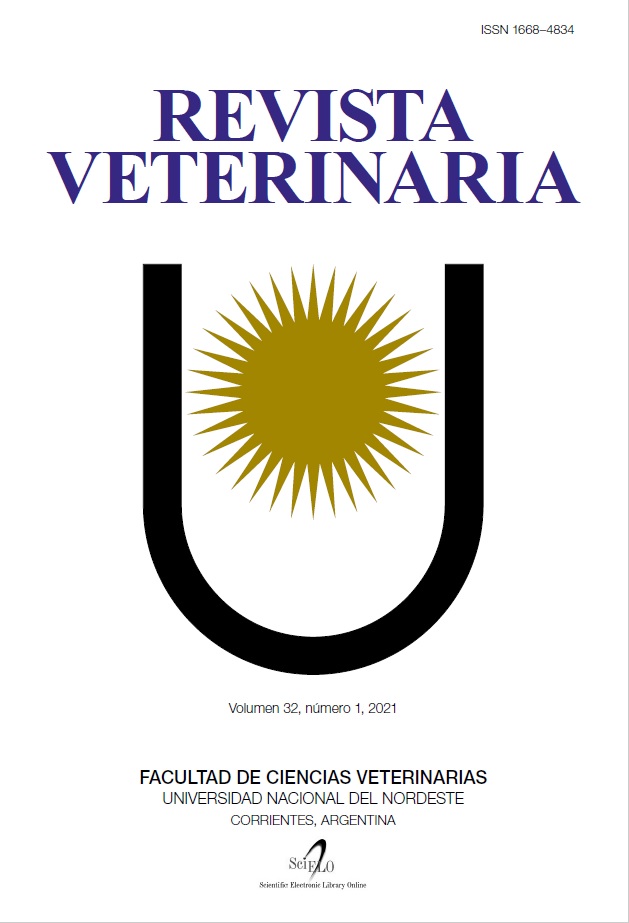3D protesis to correct body axis and balance in Barn owl and American kestrel
DOI:
https://doi.org/10.30972/vet.3215643Keywords:
3D printing, protesis, raptor, american kestrel, barn owl bumblefootAbstract
The amputation of a pelvic limb in raptor, must be carefully evaluated and taken as the last possibility to save the life of the bird, because after the amputation, several degenerative factors can occur, such as alteration of the body axis, an incorrect distribution of weight and bumblefoot. A good alternative to counteract these problems is the use of prostheses that seek to help recover the body axis and maintain good posture. The use of 3D printers for this type of project offers a more accessible and easier to work alternative due to its versatility in both design and materials. The present project tests the design of a 3D prosthesis and documents the correction of the body axis and the modification of its use in the daily activities of an american kestrel and a barn owl with a tibiotarsal amputation in its distal third. Although the use of prostheses does not allow the reintroduction of the birds, it gives the opportunity to integrate them into conservation programs such as captivity reproduction or environmental education.Downloads
References
Stange EA, Oidor MA, Ramírez JA. 2018. Physiotherapy in tibiotarsal fracture rehabilitation in raptors. Journal of Wildlife Rehabilitation 37: 3, 17-21.
Herrera CN, Oidor MA, Stange EA. 2019. Case study: rehabilitation of a red-tailed hawk (Buteo jamaicensis) with a severe neurological disorder. Journal of Wildlife Rehabilitation 39: 1, 7-10.
Harrison G, Lightfoot T. 2005. Clinical Avian Medicine, Spix Publishing, USA, 422 – 427 p.
Bedrosian B, Pierre SA. 2007. Frequency of injuries in three raptor species wintering in northeastern Arkansas. Wilson Journal of Ornithology 119: 296-298.
Strobel B, Haralson C. 2009. Foraging by a red shouldered hawk (Buteo lineatus) with severe bill damage. Bulletin of Texas Ornithological Society 42: 96-98.
Blodget B, Davis W, Pokras M. 1990. Bald eagle survives two years in wild with one foot. Journal of Field Ornithology 61: 76-78.
Murza G, Bortolotti G, Dawson R. 2000. Handicapped American Kestrels: needy or prudent foragers? Journal of Raptor Research 34: 137-142.
Dwyer J. 2006. Electric shock injuries in a Harris’s Hawk population. Journal of Raptor Research 40: 193-199.
Dirzo R. 1990. La biodiversidad como crisis ecológica actual, ¿qué sabemos?. Número Especial de la Revista Ciencias (UNAM, México) 4: 48-55.
Ehrlich A, Ehrlich P. 1992. Causes and consequences of the disappearance of biodiversity. Revista Ciencia www.biodiversidad.gob.mx.
Soulé R. 1992. Conservation Biology Today: the most pressing questions. In: Sarukhán, J. y Dirzo R.: México ante los retos de la biodiversidad, Conabio, 1992.
Ritchie B, Harrison G, Harrison L. 1994. Avian medicine: principles and application. Wingers Publishing ISBN 0-9636996-0-1.USA.
Samour J. 2016. Avian Medicine (Tercera ed.), Elsevier, USA and Biodiversidad, Conabio, México.
Coles B. 2007. Essentials of avian medicine and surgery, 3ra. Ed., Blackwell Publishing, USA, 54 p.
Galicia A, Hernandez V, Delcastillo L, Samour J. 2018. Design and use of a 3D prosthetic leg in a red-lored amazon parrot (Amazona autumnalis). Journal of Avian Medicine and Surgery 32: 2, 133-137.
Marcellin LD, Drum M, Levine D, McDonald S. 2015. Orthoses and exoprostheses for companion animals. Vet Clin North Am Small Anim Pract 45: 1, 167-183.
Burke H, Swaim S, Amalsadvala T. 2002. Review of wound management in raptors. Journal of Avian Medicine and Surgery 16: 3, 180-191.
Olgun ED, Özsoy S, Aydin D, Hasimbegoviç H, Dönmez K. 2012. Partially forelimb amputation and application of an artificial limb (prosthetics) in a free-ranging Red Deer (Cervus elaphus). Kafkas Üniv.Vet. Fakült Derg 18: 2, 345-350.
Herbert N, Simpson D, Spence W, Ion W. 2005. A preliminary investigation into the development of 3-D printing of prosthetic sockets. Journ Rehabilit Research & Development 42: 2, 141-146.
Marshall J. 2020. The history of prosthetics. Orthotics and Prosthetics. http://unyq. com/the-history-of-prosthetics. Accessed on August 10, 2020.
Henny C, Brady G. 1994. Partial migration and wintering localities of American kestrels nesting in the Pacific Northwest. Soc for Northwest Vertebr Biol: 37-43.
Smallwood J et al. 2009. Why are American kestrel (Falco sparverius) populations declining in North America? Evidence from nest-box programs. Journal of Raptor Research 43: 4, 274-282.
Medica D, Clauser R, Bildstein K. 2007. Prevalence of West Nile virus antibodies in a breeding population of American kestrels (Falco sparverius) in Pennsylvania. Journal of Wildlife Diseases 43: 3, 538-541.
Debrujin O. 1994. Population ecology and conservation of the barn owl (Tyto alba) in farmland habitats in Liemers and Achterhoek (the Netherlands). ARDEA 82: 1-109.
Martin J, Raid R, Branch L. 2005. http://www.wildflorida.org/bba. Barn Owl (Tyto alba), Wec 185/UW 216.
Downloads
Published
How to Cite
Issue
Section
License
Revista Veterinaria (Rev. Vet.) maintains a commitment to the policies of Open Access to scientific information, as it considers that both scientific publications as well as research investigations funded by public resources should circulate freely without restrictions. Revista Veterinaria (Rev. Vet.) ratifies the Open Access model in which scientific publications are made freely available at no cost online.











.jpg)
.jpg)



